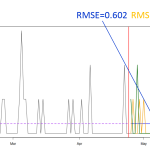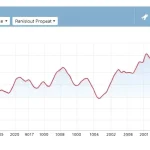I’ve been acting as a reviewer lately, providing comments on papers about intermittent demand, and I’ve felt a bit frustrated by what some authors write. Let me explain. Several papers I reviewed claim that demand can be either intermittent or lumpy. They then mention the Syntetos-Boylan-Croston (SBC) classification and use the thresholds from Syntetos et […]
SBC is not for you!













